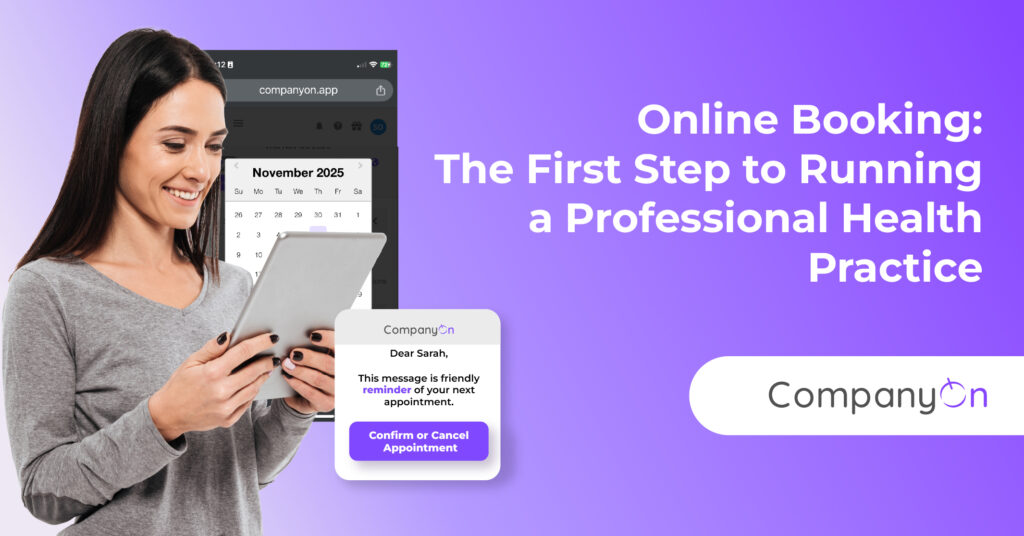For solo practitioners and small healthcare clinics, ensuring compliance with industry regulations isn’t just about avoiding penalties—it’s about delivering safe, high-quality care. Conducting a healthcare internal audit is a proactive strategy that helps identify gaps in documentation, operational processes, and patient data security.
Whether you’re a nurse entrepreneur or a physiotherapist running an independent clinic, this guide will walk you through the steps to implement an effective internal audit. You’ll learn how to use a clinical compliance checklist, what regulations apply to solo practitioner regulations, and how to conduct a thorough health documentation audit—all tailored to the realities of small-scale healthcare delivery.

Why Internal Audits Matter in Healthcare
Internal audits help ensure that your clinic: – Meets all current solo practitioner regulations. – Protects sensitive patient information in line with privacy laws. – Maintains consistent and accurate electronic health records. – Aligns clinical practices with professional standards and legal expectations. – Minimizes risks of malpractice or non-compliance findings.
Learn more about healthcare regulatory compliance
Step 1: Define the Scope of Your Audit
Start by setting clear objectives. Decide whether you want to audit: – Your documentation practices. – Patient consent and intake processes. – Billing and invoicing workflows. – Overall regulatory compliance.
If you’re just getting started, focus on one high-risk area—such as managing patient consent forms digitally or verifying the accuracy of health records.
Step 2: Use a Clinical Compliance Checklist
A solid clinical compliance checklist should include: –
✅ Proper patient intake and informed consent procedures –
✅ Secure storage and access to health data (HIPAA/PIPEDA compliance) –
✅ Consistent use of electronic health records –
✅ Accurate and timely documentation of care –
✅ Billing practices aligned with payer and regulatory requirements
Use these 10 principles to manage patient data as a foundation.
Step 3: Gather and Review Documentation
Collect a sample of patient charts, consent forms, invoices, and appointment records. Ensure the following: – All entries are dated, signed, and properly coded. – Forms are complete and stored securely. – There are no inconsistencies between patient notes and invoicing.
Tip: If you’re using paper forms, consider switching to online forms to streamline and secure your processes.
Step 4: Identify Gaps and Risks
Once your documentation is reviewed, highlight: – Missing signatures or incomplete consent forms – Incorrect billing codes – Non-standardized charting – Delays in care documentation
These gaps represent potential compliance risks and areas to improve.
Step 5: Create an Action Plan
Document your findings and assign tasks:
🛠 Update intake or consent forms. –
📋 Train staff or contractors on documentation standards. –
🔐 Upgrade systems to ensure EHR security. –
✅ Standardize clinical workflows with templates.
Need support? Our clinic management software simplifies task assignment and progress tracking.
Step 6: Schedule Regular Audits
A single audit isn’t enough. Schedule internal audits: – Quarterly for clinical documentation. – Bi-annually for compliance with billing and insurance. – Annually for full operational review.
Automated alerts and checklists in tools like CompanyOn’s platform can help you stay on top.
Conclusion
Conducting a healthcare internal audit doesn’t have to be overwhelming. With the right tools and strategy, it becomes a powerful method for maintaining quality, ensuring legal compliance, and building patient trust.
For solo practitioners, audits are not just about paperwork—they’re about safeguarding your practice, your clients, and your reputation.
Want to take the next step? Discover how CompanyOn can simplify your internal audit process and help you stay compliant while focusing on what you do best: providing exceptional care.
Ready to make the switch?
Try Our Platform Free for 14 days.
See CompanyOn in Action
Schedule A Free 1:1 Personalized Demo





